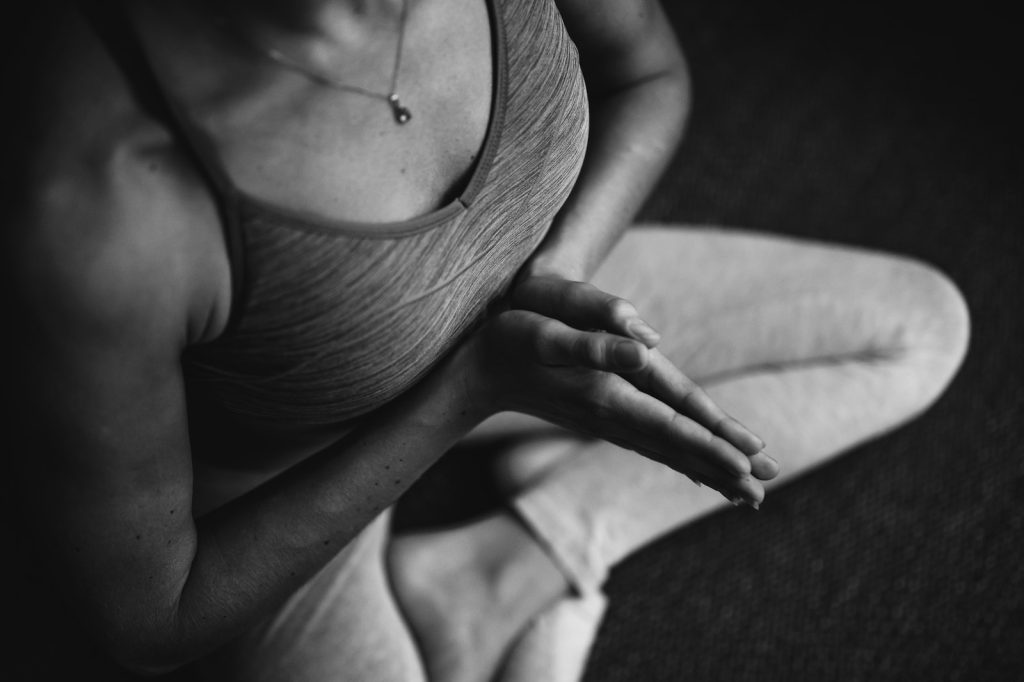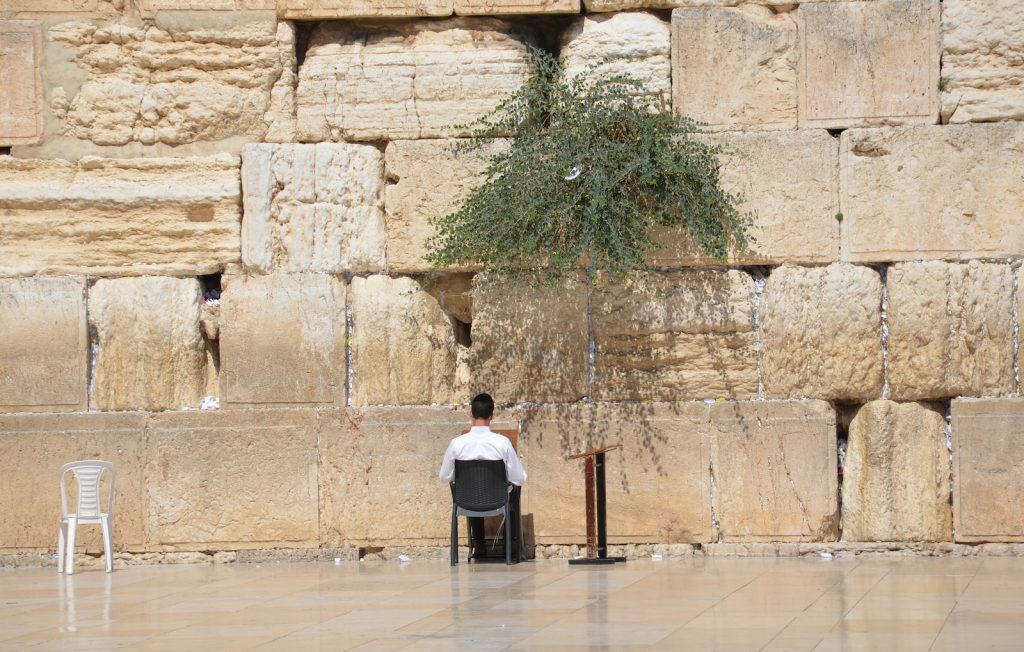Mudras are hand gestures that have been used in various spiritual and cultural practices for centuries. In recent years, they have gained popularity in the Western world, particularly in yoga, meditation, and holistic wellness practices. Mudras are believed to have a significant impact on physical, mental, and spiritual well-being.

The influence of mudras on yoga, meditation, and holistic wellness practices is a fascinating topic that has been explored by many experts in the field. Mudras are believed to help channel energy in the body, balance the chakras, and enhance concentration and focus during meditation. They are also believed to have therapeutic benefits, such as reducing stress, anxiety, and depression.
This article will delve into the history and significance of mudras, their impact on yoga and meditation, and their role in holistic wellness practices. It will explore the science behind mudras and their potential benefits for physical, mental, and spiritual health. By tracing the impact of mudras on various practices, this article aims to shed light on their importance and encourage readers to incorporate them into their daily routines.
Origins of Mudras

Mudras have a long history in the practice of yoga, meditation, and holistic wellness. The word “mudra” comes from the Sanskrit language and means “seal” or “gesture.” Mudras are hand positions that are believed to influence the flow of energy in the body and help to bring about balance and harmony.
Historical Context
The use of mudras can be traced back to ancient India, where they were used in various spiritual practices. The earliest references to mudras can be found in the Vedas, which are a collection of ancient Hindu texts. These texts describe the use of mudras in rituals and ceremonies as a way to connect with the divine.
Over time, mudras became an integral part of yoga practice. They were used to deepen the meditative state and to enhance the physical and mental benefits of yoga. Today, mudras are still used in many yoga practices, and they are also used in other holistic wellness practices, such as acupuncture and Reiki.
Cultural Significance
Mudras have a deep cultural significance in India and other parts of Asia. They are often associated with specific deities and spiritual practices. For example, the Abhaya mudra, which is the gesture of fearlessness, is associated with the Buddha and is often used in Buddhist meditation.
In addition to their spiritual significance, mudras are also used in traditional Indian dance and theater. They are used to convey emotions and to tell stories through movement.
Overall, mudras have a rich history and cultural significance that continues to influence their use in yoga, meditation, and other holistic wellness practices.
Mudras in Yoga

Mudras are hand gestures that are used in yoga practices to enhance the flow of energy in the body. These gestures are believed to have a significant impact on the mind and body, and are commonly used in meditation and other holistic wellness practices. In this section, we will explore the different types of mudras and their integration in yoga practices.
Types of Mudras
There are many different types of mudras, each with its own unique benefits. Some of the most popular mudras used in yoga practices include:
- Gyan Mudra: This mudra is known as the gesture of knowledge and is performed by touching the tip of the index finger to the tip of the thumb. It is believed to improve concentration and memory, and is often used in meditation practices.
- Prithvi Mudra: This mudra is known as the gesture of the earth and is performed by touching the tip of the ring finger to the tip of the thumb. It is believed to increase strength and vitality, and is often used to improve overall health.
- Vayu Mudra: This mudra is known as the gesture of the air and is performed by touching the tip of the index finger to the base of the thumb. It is believed to reduce stress and anxiety, and is often used in meditation practices.
Integration in Yoga Practices
Mudras are often integrated into yoga practices to enhance their benefits. For example, in the practice of Hatha yoga, mudras are used to channel energy and focus the mind. In Kundalini yoga, mudras are used to awaken the energy centers of the body and promote spiritual growth.
In addition to their use in yoga practices, mudras can also be used in daily life to promote health and wellbeing. For example, the Gyan mudra can be used during study or work to improve concentration, while the Prithvi mudra can be used during exercise to increase stamina and endurance.
Overall, mudras are a powerful tool for enhancing the benefits of yoga and promoting overall health and wellbeing. By incorporating these hand gestures into your yoga practice and daily life, you can tap into their many benefits and improve your physical, mental, and spiritual health.
Mudras in Meditation

Concentration and Focus
Mudras are hand gestures that are used in meditation to enhance concentration and focus. By bringing the hands into specific positions, mudras help to channel the flow of energy within the body, which in turn helps to calm the mind and improve focus.
One of the most commonly used mudras in meditation is the Gyan Mudra, which involves touching the tip of the thumb to the tip of the index finger. This mudra is believed to enhance concentration and improve memory, making it an ideal choice for those who are looking to improve their meditation practice.
Meditative Techniques
In addition to enhancing concentration and focus, mudras can also be used to deepen meditative techniques. By combining mudras with breathing exercises and visualization techniques, practitioners can create a powerful meditative practice that can help to reduce stress and promote overall wellness.
One example of a meditative technique that incorporates mudras is the Anjali Mudra, which involves bringing the palms together in front of the heart. This mudra is often used at the beginning and end of a yoga practice, and is believed to help calm the mind and promote a sense of inner peace.
Overall, mudras are a powerful tool that can be used to enhance meditation and promote holistic wellness. By incorporating mudras into your meditation practice, you can improve your concentration, deepen your meditative techniques, and experience a greater sense of overall well-being.
Mudras and Holistic Wellness

Mudras are hand gestures used in yoga and meditation practices that are believed to have a significant impact on holistic wellness. The practice of mudras involves the use of specific hand positions to stimulate different parts of the body and mind. They are known to have physical, psychological, and spiritual benefits.
Physical Benefits
Mudras are known to have a positive impact on the physical body. They can help to improve blood circulation, reduce stress and anxiety, and boost the immune system. Some mudras are also believed to help with digestion, relieve headaches, and reduce joint pain.
One of the most popular mudras is the Gyan mudra, which involves touching the tip of the index finger to the tip of the thumb while keeping the other three fingers straight. This mudra is known to improve concentration, memory, and brain function.
Psychological Benefits
Mudras are also believed to have significant psychological benefits. They can help to reduce stress and anxiety, improve mood, and promote relaxation. Some mudras are also believed to help with insomnia and promote better sleep.
The Prana mudra, which involves touching the tip of the thumb to the tip of the little finger while keeping the other three fingers straight, is known to increase vitality and reduce fatigue. This mudra is also believed to help with depression and anxiety.
Overall, mudras are a powerful tool for promoting holistic wellness. They can be easily incorporated into daily yoga and meditation practices and can have a significant impact on physical and psychological well-being.
Dr. Harlan Kilstein is a certified yoga teacher, hypnotherapist, and a teacher of the Law of Attraction since 1975.
After an immersion in yoga and his certification by the Yoga Alliance, he began studying mudras and invented Finger Healing.




